Introduction
Announced during the Fujifilm X Summit (Bangkok) on 24 May 2023, the X-S20 represents the next iteration of the X-S series, a good two and a half years since the X-S10 was announced. Let us look at how the X-S20 brings new functionality and value to the repertoire of the Fujifilm X-photographer.
*Look forward to a part II sharing of the X-S20 in documenting the streets of Bangkok.

*many thanks to Mr. Yu Cheng Leung and Ms. Carmen Low of Fujifilm Asia Pacific (Singapore) for the loan of the Fujifilm X-S20 for this review.
The raison d’être of the Fujifilm X-S series design
Back in 2020, when I reviewed the X-S10 here, while we did have some Fujifilm purists throwing shade at the design of the top dials (e.g., a PASM mode dial instead of the typical Shutter Speed/ISO dials), I had shared that this design was a necessary strategic evolution Fujifilm undertook to expand its user base.
Any brand is only as large as its user base, and the X-S20, X-S10 cameras represents the outreach to users from other brands.
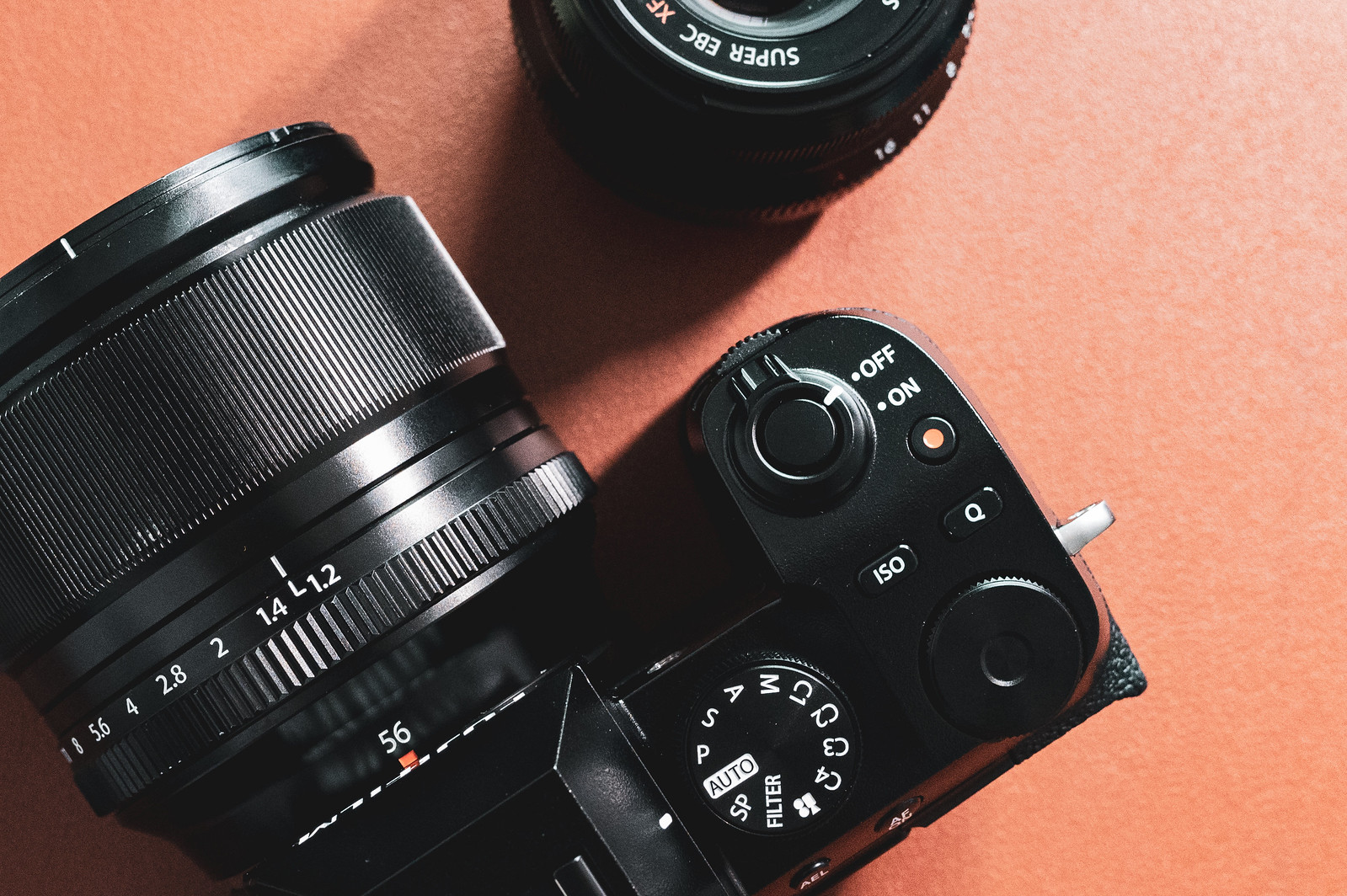
In the X-S10, gone were the engraved dials that showed Shutter Speed, ISO, and Exposure compensation and were replaced by a set consisting of a pair of unmarked dials and, of course, the PASM dial with the addition of options such as ‘Filters,’ ‘Auto’ etc.

And, of course, in 2023, Fujifilm has worked on this design further, adding functionality aligned to the X-S series strategy with a new VLOG Icon on the PASM dial and more on this later.
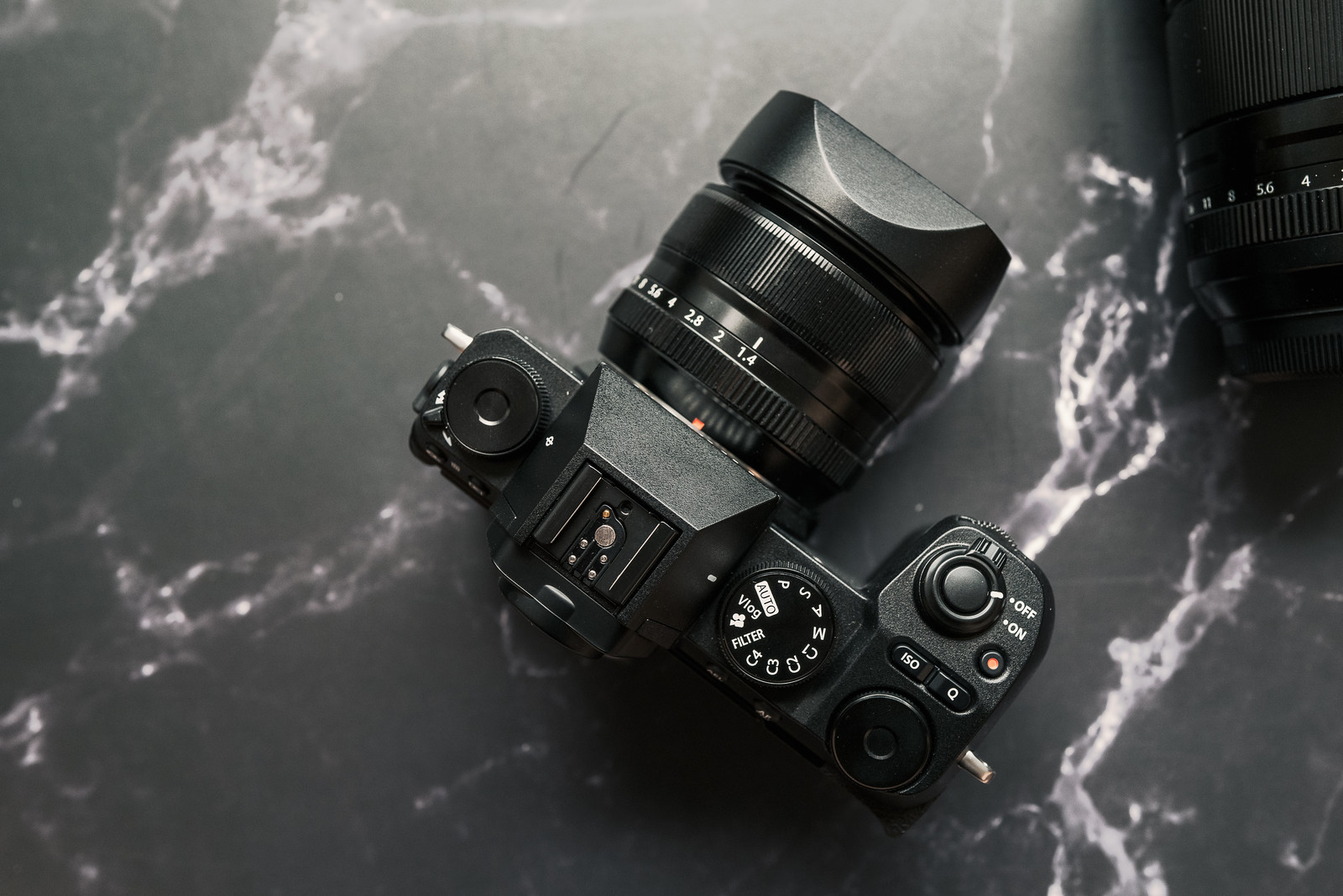
Personally I am proud that Fujifilm stuck to their design decisions for the X-S series and I can see how the X-S20 has evolved from the X-S10
Technicalities
Let us cut to the chase, the X-S20 sports an APSC-sized 26 MP X-Trans IV sensor versus the 40 MP X-Trans V sensors in the X-H2 and X-T5 but takes advantage of X-Processor 5 found in the X-T5, X-H2 and, X-H2S cameras.
While sporting a 26MP X-Trans IV sensor, the X-S20 runs X-Processor V, allowing it to do the heavy lifting such as more complex autofocus algorithms, video capabilitieswhich previous X-Trans IV cameras couldn’t.

The X-S20 has kept to the design DNA of the X-S10, with both ISO and Q buttons placed together on the well-recessed hand-grip area. Three top dials handle most of the operation the users need between PASM (and other Auto, VLOG modes), Exposure compensation, and in fact, turning the left top dial allows one to dial in the film simulation or (while in FILTER mode), the corresponding filter one prefers.
A delightful function is that below the Left top dial is the switch to a handy built-in flash; while hardly the most powerful, it is enough to get anyone out of a low-light situation.
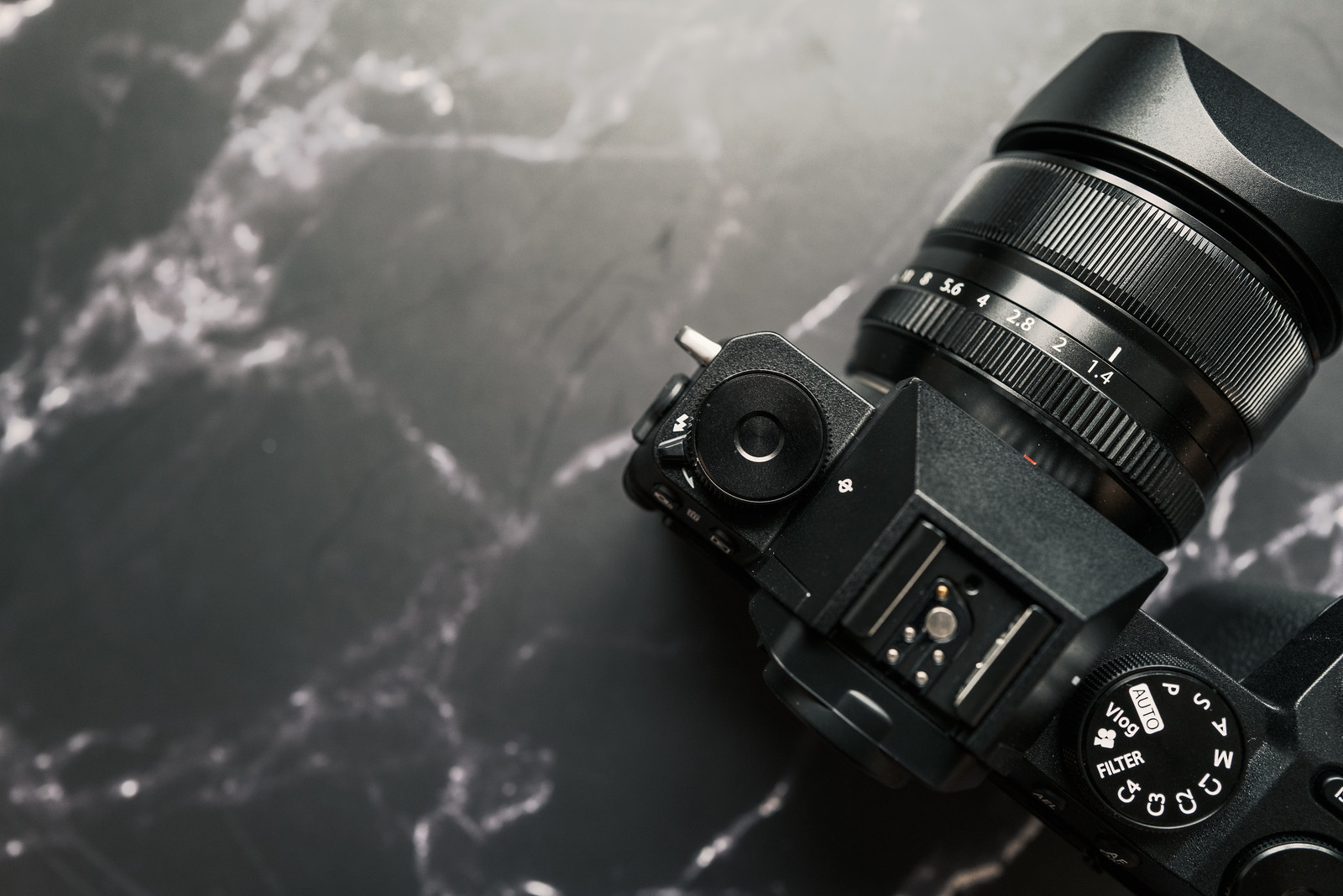

The X-S20 comes in a very compact 491 grams, 127.7mm (length) x 85.1mm (height), keeping the X-S20 almost identical to the X-S10 in dimensions.
On the back, one gets a 2.36 million dots 0.62x OLED EVF, a 1.84 million dots LCD with flip-out articulation. A joystick with the standard buttons complement one finds on Fujifilm camera bodies completes the back.
And importantly, the X-S20 comes with 7-stops IBIS, excellent for a hybrid-purpose camera.
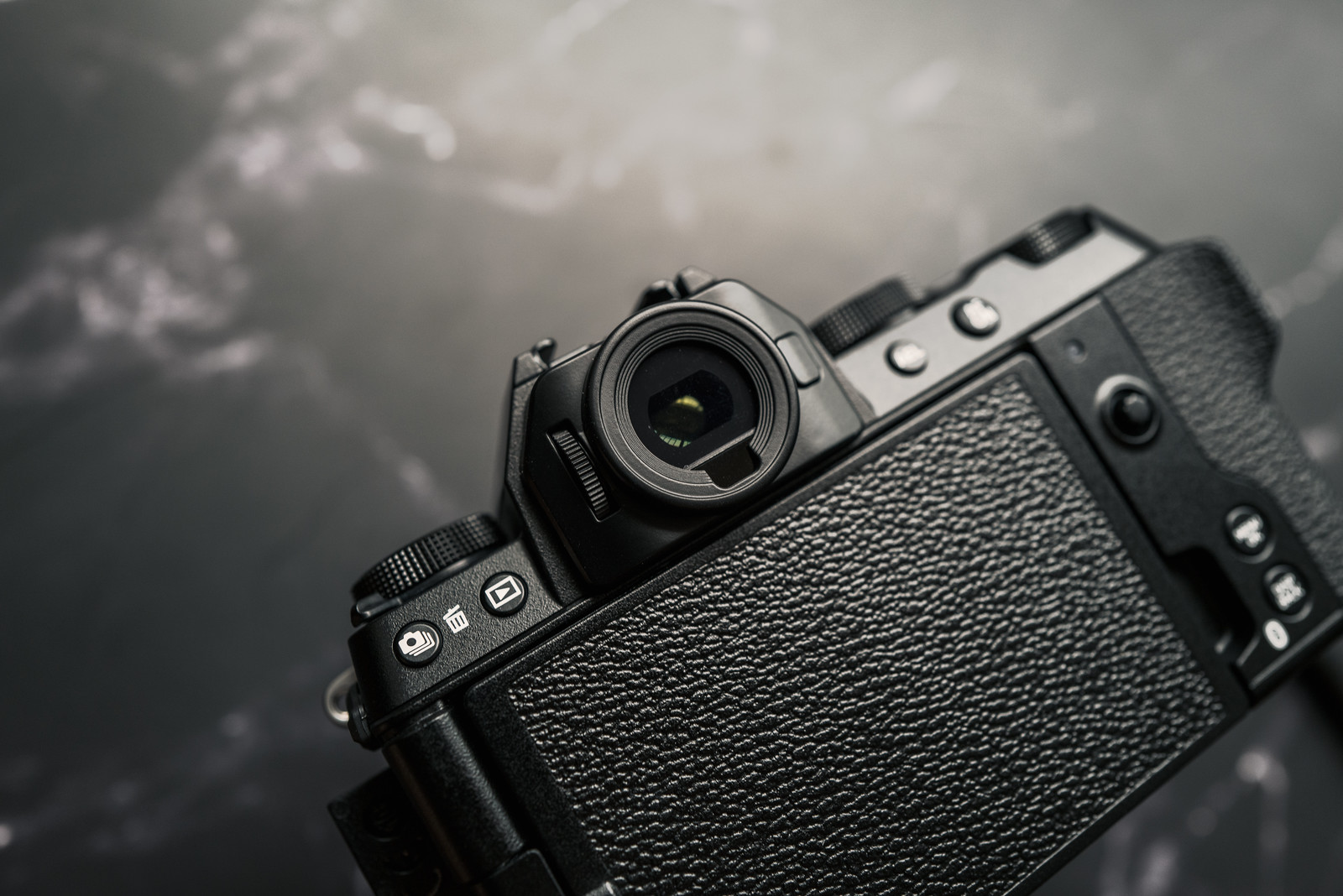
Ports-wise, the X-S20 is complimented by a mini-HDMI port, USB-C (charging and data), microphone port, and a 3.5mm headphone jack on the right side that the X-S10 did not have. The X-S20 is not designed to do the heavy lifting work like its X-H series siblings for professionals. Instead, it works towards having a decently good set of ports for the enthusiast user.

Battery-wise, I am glad that the X-S20 uses the updated NP-235 battery, which now gives a claimed 730 shots on a full charge versus the now paltry 405 shots on the X-S10. The camera supports 1 x UHS-II SD card in a slot beside the battery.
Almost identical size wise to the X-S10, but improved in a multitude of areas such as almost double the number of shots possible with a fully charged battery, the X-S20 is not about incremental improvements.
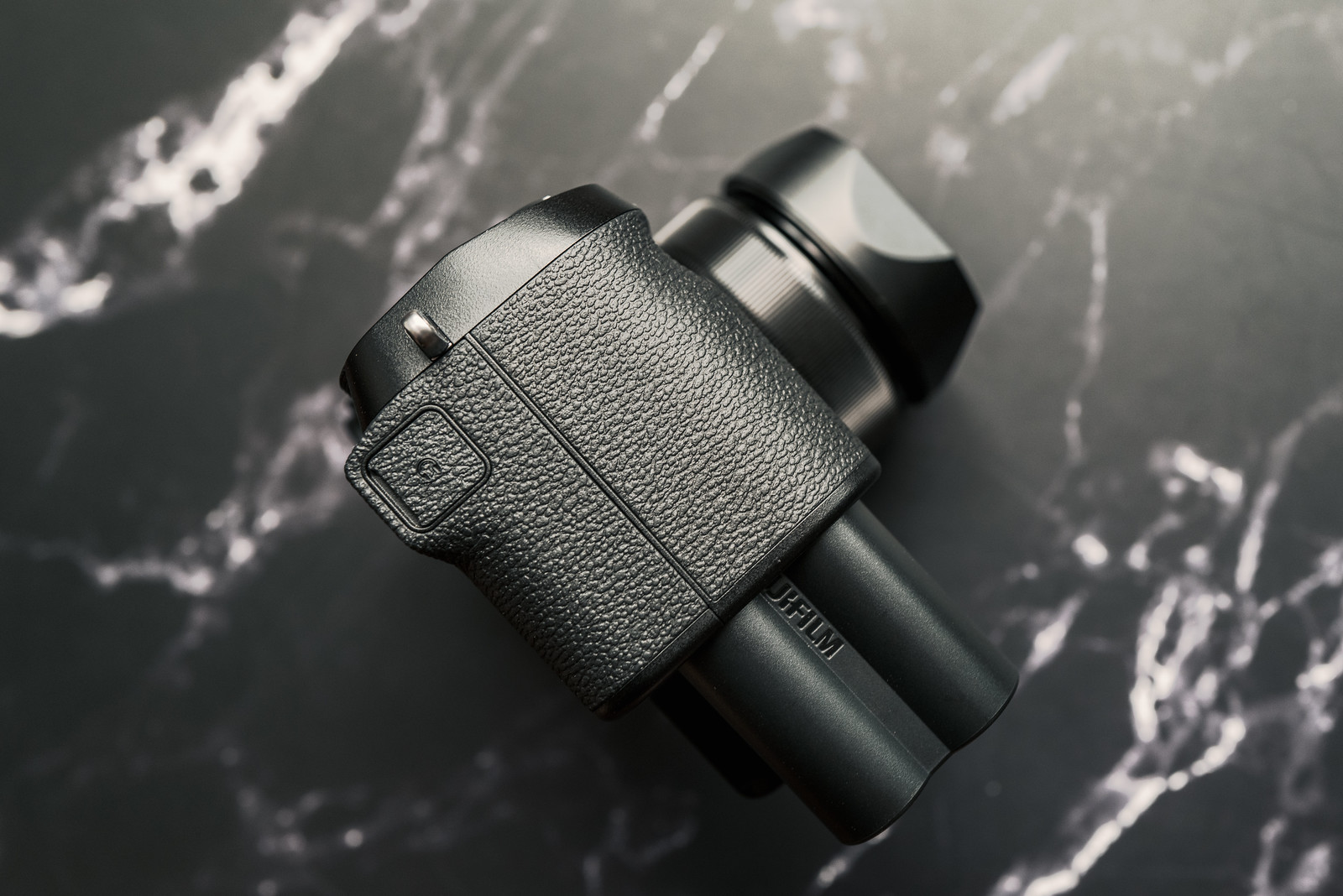
Due to the video-centric (especially now the VLOG functionality), one can access a flip-out articulating LCD instead of the typical tilt-style in more photo-centric Fujifilm cameras.

Video-wise, the much-touted improvement is the addition of the VLOG mode to the X-S20. Key to this new functionality is the Background de-focus mode, which is convenient for Vloggers. One will probably need a wide enough zoom lens for this function, and I expect to see the X-S20 bundled with, for example, the XC15-45mm ƒ3.5-5.6 OIS PZ (for power zoom).
The X-S20 also records record 6K/30p and 4K/60p video, a step up from X-S10’s 4K/30p capabilities. With 4:2:2 10-bit internal video recording capabilities, this is useful for the hybrid nature of the X-S20.
Performance and Handling
Even before announcement, I have read photo-centric purists thumbing down the X-S20. That was pretty sad given that the X-S20 simply has the potential to present as good images as say, the X-T4 or the X-Pro3.
I tested the X-S20 with three lenses, the XF35mm ƒ1.4 R (first-generation lens), the XF23mm ƒ1.4 R LM WR, and the XF56mm ƒ1.2 R WR for good coverage.
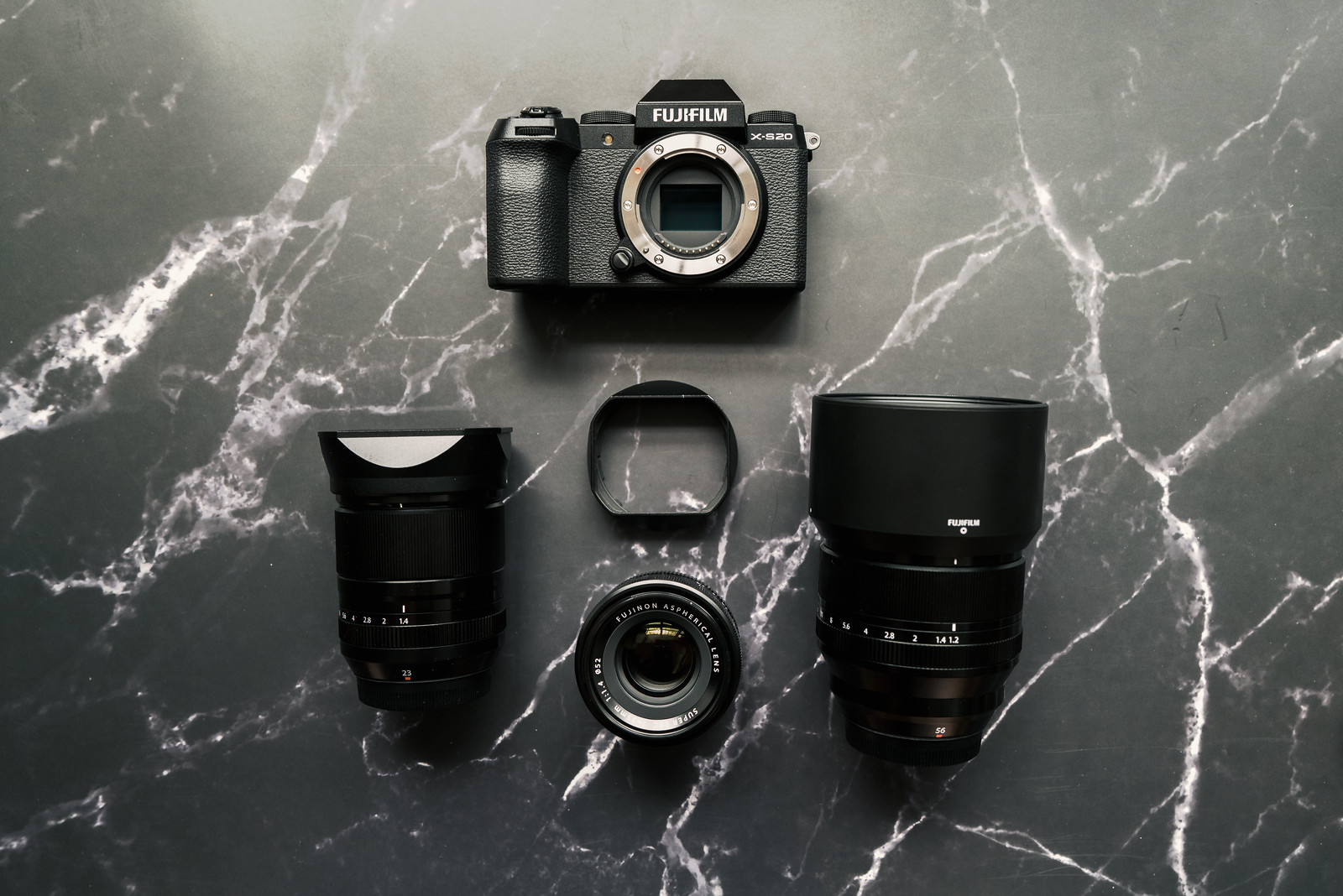
The X-S20 has a decent quality build; while not as robust as the higher-priced siblings, it should easily survive what any enthusiast will throw at it during everyday usage. Being an aperture-priority photographer, the lack of a shutter speed dial hardly bothered me. I simply switched to shutter speed priority, and the back dial when managing the shutter speed.
Other than the PASM modes, the X-S20 has an updated ‘Auto’ mode that is complimented by scene modes and subject detection.



My primary Fujifilm camera is the X-Pro3, which I even used with the XF150-600mm review for birding. Thus to be really honest, having a back LCD hardly makes a big deal to me. I am sure some users would wax all lyrical about the plus and minuses of a tilt or a flip-out screen in forums, but I simply work with whatever is given.

Tilt or flip-out LCD, frankly the views can be blown out of proportion sometimes.
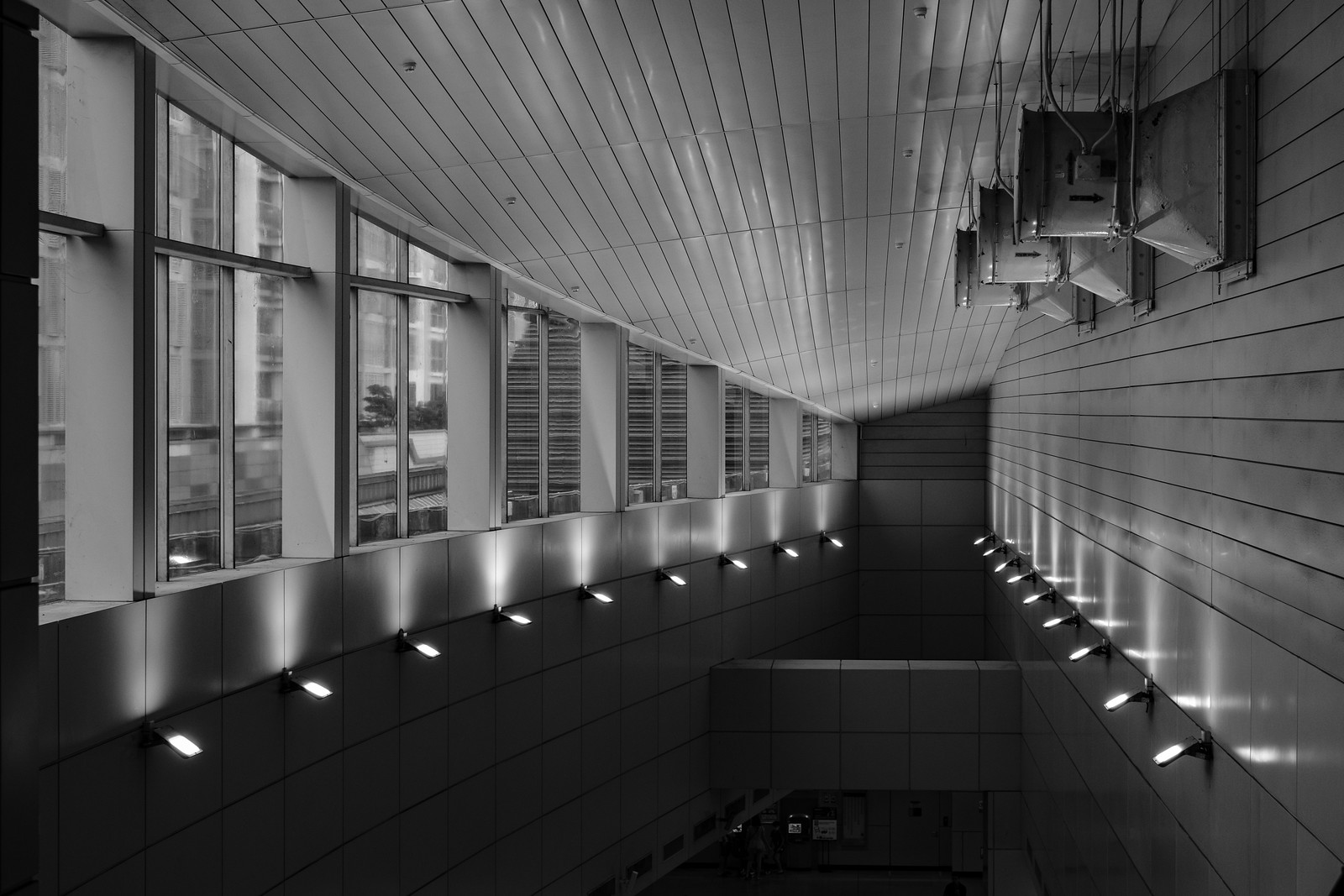

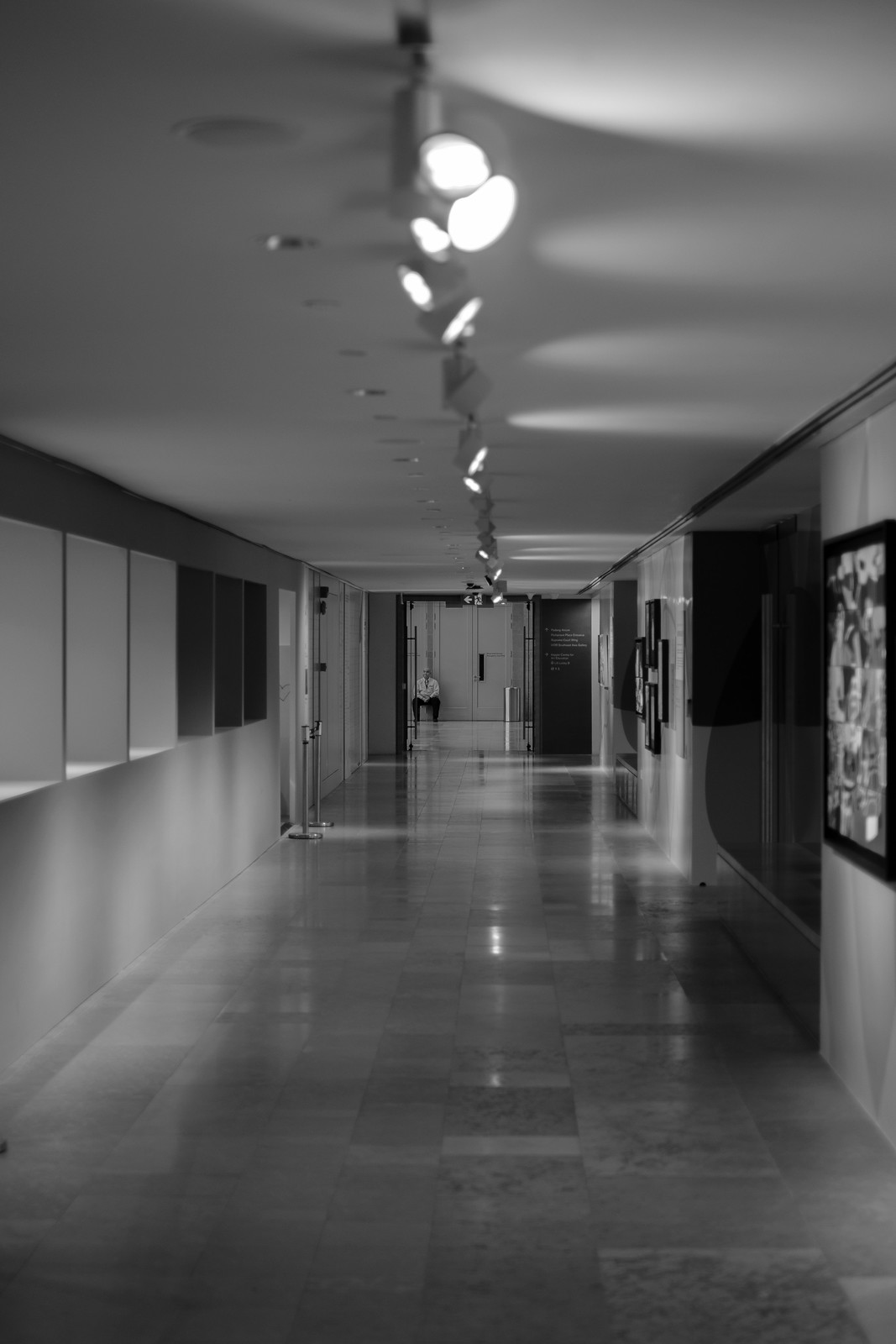
The auto-focus algorithms were snappy, subject detection was mostly reliable, and in comparison, a significant step up from my 2019 released X-Pro3, which I still hope will receive a performance update one day. Even with a first-generation lens like the XF35mm ƒ1.4 R, the X-S20 brings a much more reliable autofocus experience.
That said, the autofocus capabilities of the X-H2S (especially in AF-C tracking) are still better than the X-S20’s. Moreover, for those into professional sports or birding photography, autofocus capabilities will only be a part of a more extensive set of factors such as transfer buffers, battery life down to the refresh rates of the EVF. (We would probably be discussing CFExpress cards instead of SD cards).

Autofocus was mostly reliable, with the subject recognition algorithms quick to come to work and snappy, even with a first-generation XF lens.

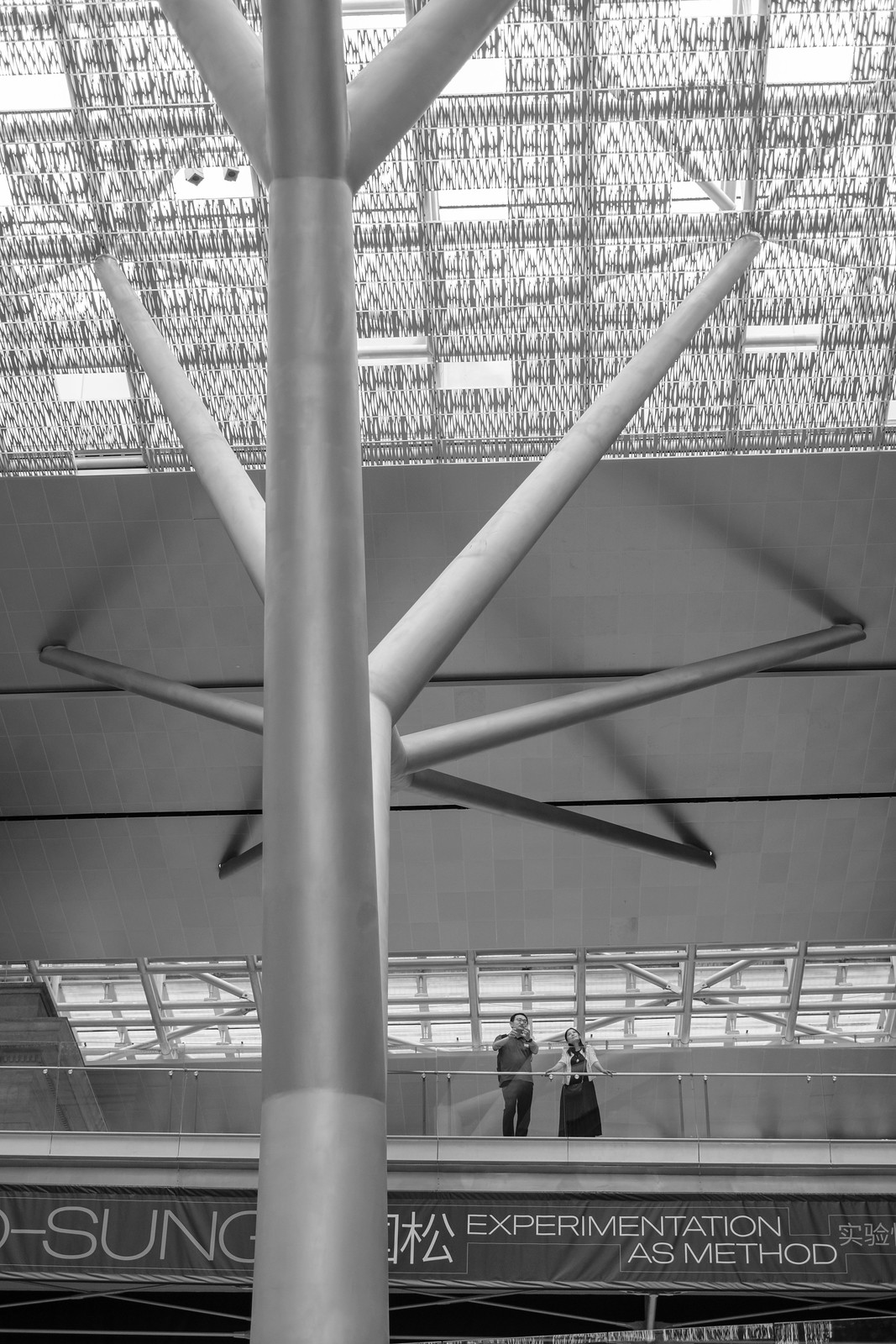

Part of Fujifilm’s DNA is the film simulations, and the X-S20 presents the full set, including Nostalgia Negative, and each of them can make a real difference to the user if one is willing to take the time to learn and apply them.

In a nod to Fujifilm’s film simulations, I’ve included the film simulation used in each image.



The Balance between prowess and cost.
Fujifilm has heard comments that the X-camera lines have got confusing, starting with the X-M, X-A1, X-A10, X-T100, X-T10, X-T1, X-E, X-Pro, (and on) series and have been working to streamline them.
It is unfortunate few reviewers nowadays approach a camera on the intents of its design and its placement in the hierachy, and instead focus on a very clinical and didactic specifications-based approach.
With the top tier, X-H2S, now at USD2499, representing the best of what Fujifilm can provide, supplemented by the X-H2 (USD1999) and X-T5 (USD1699), the X-S20 coming in at USD1299 presents the ‘new’ enthusiast entry-level of cameras from Fujifilm, way more capable than what the X-T100 and X-A series was and more akin to the X-T10 and X-E series in product placement, hopefully allowing Fujifilm to consolidate their product lines.

Due to the top dial design, I am also looking at another mid-tier X-mount camera in the works, but whether it will be a successor to the X-T30 II or an X-E4 or even when is as good as anyone’s guess.
Hardly everyone will need the capabilities of the X-H2S (‘want’ is another thing altogether), and the X-S20 represents the balance between prowess and cost of entry into Fujifilm X-mount.
In fact, being an avid fan of the X-Pro series, I am now only curious about the fate of the X-Pro series because, akin to the X100 series, that line to me represents how far Fujifilm is willing to show their spirit of experimentation and, of course, evolution in the truest sense.
Conclusions

This review was completed before the X-Summit on 26th May as I will likely be rushing to pen an article about the X-Summit itself on X-S20’s announcement day; however, for someone still holding onto my X-Pro3, the X-S20 intrigues me, simply because while this camera will not be heading the charts in any areas, it presents a very attractive balance of features versus price in size compact enough for an everyday carry camera.
(My review of the Fujifilm X-H2S is here and the Fujifilm X-T5 is here)
The X-S20’s existence presents Fujifilm’s belief that the X-S line of cameras has potential. I hope this camera will help grow the brand’s user base, not because I am a fanboy but because it genuinely does what most enthusiasts expect of their cameras.
Thank you for reading.
Disclaimers.
- All product photos and samples here were photographed by me. I believe any reviewer with pride should produce their own product photos.
2. All images were shot with the Fujifilm X-S20, a sample pre-production set running version 1.00. All Fujifilm XF lenses mentioned are my personal copies.
3. This review is not sponsored, and the X-S20 will be returned to Fujifilm Asia Pacific by the end of May.
4. I do not do affiliate purchase links to keep myself neutral. I write as a passion and a hobby, and I appreciate that photography brands are kind enough to respect and work with me.
5. The best way to support me is to share the review, or you can always support me by buying me a cup of coffee which contributes to my WordPress fees for running the site using the Paypal button at the bottom of the page.

I thoroughly enjoyed the writing Keith. Excellent review as always!
LikeLike
Hi Jenson, thank you for the kind words!
LikeLike
Great write-up! You have mentioned a few times the X-Pro3 is still your most used camera, will you consider the X-S20?
LikeLike
Hi May, the X-Pro series is indeed still my Fujifilm camera. In the toss up, I feel the X-S20 provides a lot of value for its price bracket and pretty worth considering. My only bigger question (which I have no answer for), will Fujifilm actually do anything for the X-Pro3 or continue with a X-Pro4?
LikeLike
Beautifully written and clear as always.
I think we share a question: what is going to be of the rangefinder style X series?
I chose my X-E4 after feeling it in my hands in the shop and comparing it to the X-S10 I was there to buy- and giving up its IBIS to get the little one.
Will there be an X-E5 or X-Pro4? I think there should be room for two price points in the rangefinder style, but I fear they will be both upmarket models, XPro and X100.
LikeLike
Hi Alf, glad to hear that we have the same questions haha. I’m not sure either, especially with the X-Pro3 and X-E4 both discontinued.
I am sure however Fujifilm (most likely) will still make a rangefinder style camera but probably at a premium as compared to the X-S20 which is itself already a price jump from the X-S10
LikeLike
Great insights, I had a couple of days to try it out before the official release of the camera too and it was a great entry level camera packed full of features for the price point.
LikeLiked by 1 person
Hi Janice, great to hear that too. I’m guessing the X-S20 will be the new entry level of Fujifilm too.
LikeLike
Yeh it does look that way, ideal audience at beginner photographers and travellers is my thinking.
LikeLiked by 1 person